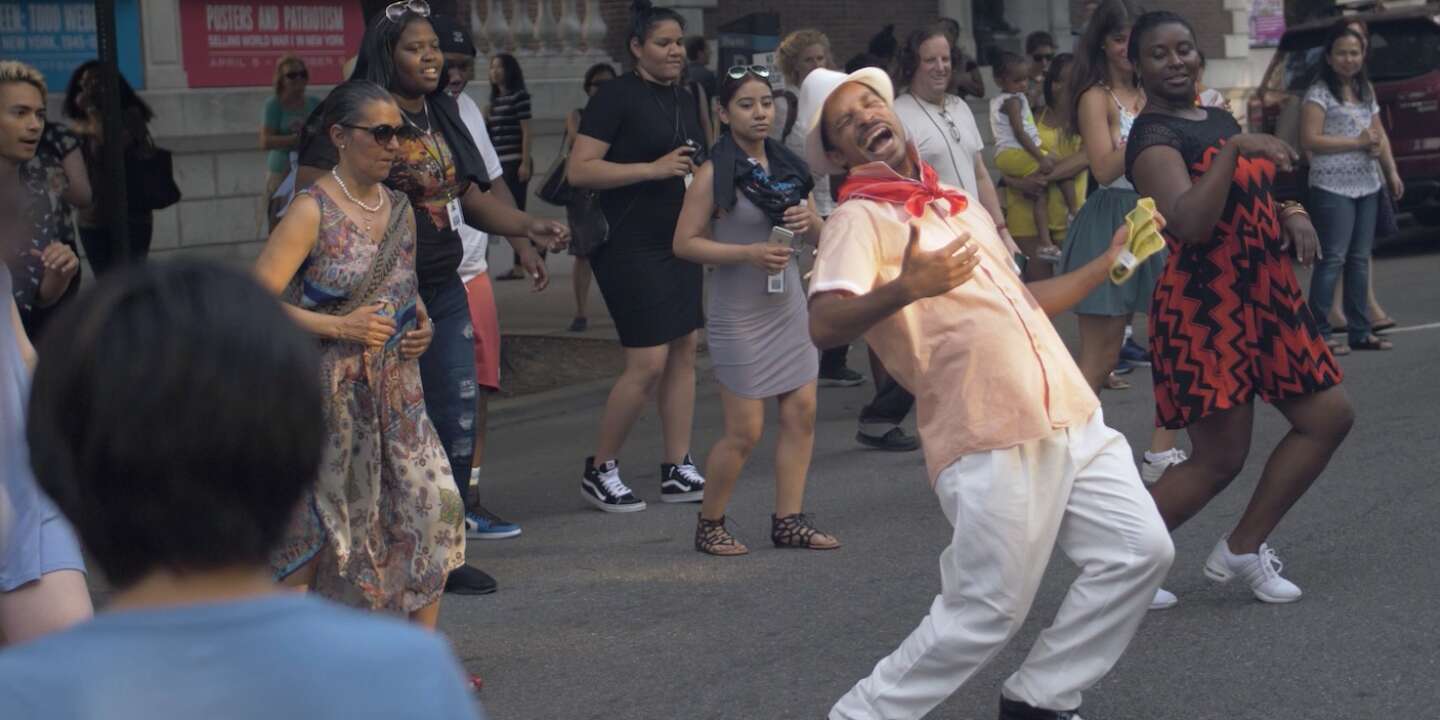ARTE.TV – ON DEMAND – DOCUMENTARY
More than jazz, rock, blues or rap, Latin music has punctuated New York in working-class neighborhoods since the 1950s. This documentary, rich in filmed archives and endowed with an irresistible soundtrack, which shows the stars (from Tito Puente to Celia Cruz via Willie Colon, Ray Barretto, Hector Lavoe or Ruben Blades), rightly reminds us.
From mambo to salsa via cha-cha-cha, from merengue to boogaloo without forgetting the reggaeton of the 2000s, we delve into the musical, political and cultural history of an ostracized community but more and more visible and active over the decades and its social struggles punctuated by brass and timpani.
As such, the passage devoted to Young Lords, version latina des Black Panthers, whose militants invaded the streets of New York between 1968 and 1973, is worth a detour. Between violence, drugs and misery, the gangs of East Harlem live to the rhythm of Latin sounds. Meanwhile, famous musicians such as Ray Barretto and Ruben Blades organize fundraisers for the most disadvantaged.
Numerous ballrooms
First arrived, in the mid-1950s, in the wretched neighborhoods of East Harlem or in the south of the Bronx, the Puerto Ricans, popularized by the film West Side Story, by Robert Wise, from 1961, will be followed, from 1965, by hundreds of thousands of Latinos fleeing the misery of the Caribbean, Central and Latin America.
Uprooted, Latinos fall back on their traditions, music and dance in mind
Uprooted, they fall back on their traditions, music and dance in the lead. With them, the streets of these New York neighborhoods will take on the appearance of Santo Domingo, Puerto Rico or Havana, with omnipresent music that will soon seduce an increasingly large audience.
The Bronx has many ballrooms, sometimes gigantic, invaded by a crowd which sways in particular to the sound of the timpani of Tito Puente, aerial percussionist. Emblematic place of Latina musical madness until 1966, the Palladium, at the corner of Broadway and 53e rue, with its Art Deco style, will become the Mecca of mambo and cha-cha-cha. One of his most famous regulars? Marlon Brando.
Mythical Fania label
But musical fashions pass, and the younger generations of Latinos will soon no longer recognize themselves in mambo and cha-cha-cha. At the end of the 1960s, it was time for boogaloo and its hybrid music sung in Spanish and English.
With the 1970s, a new style called “salsa” appeared, which won out over everything. A brilliant invention combining rhythms from Africa, the Caribbean, Latin America and Europe. Bongo, conga, timpani and maracas mingle with bass, piano, brass.
The new artists have no doubts, mix hip-hop and mambo, house and merengue
An irresistible style, all the more so as salsa benefits from the appearance of Fania All Stars, a formation of the legendary Fania label, which quickly offers itself the monopoly of Latin American music with its stars. But the disappearances of Hector Lavoe (in 1993), of Tito Puente (in 2000) and Celia Cruz (in 2003) will put an end to the adventure.
Salsa led the way. The new Latino artists have no doubts, mixing hip-hop and mambo, house and merengue. Latin music is becoming ubiquitous in New York. With the planetary triumphs of Ricky Martin, Shakira or Jennifer Lopez, we are far from the crazy evenings of the Palladium. But listen carefully as you walk through New York: you will inevitably be caught by a good salsa tune …
New York, a musical history of Latin New York, documentary by Sergio G. Mondelo (Fr., 2020, 52 min). Available on Arte.tv until February 14, 2022.
–


